19 May 2025
Stay up to date with informative blogs
19 May 2025
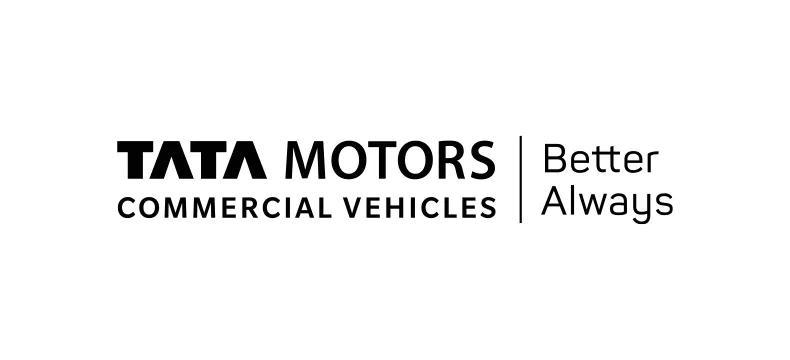
How to Get a Commercial Driving Licence in the UAE in 2025
Whether you plan to start a transportation business in UAE or pursue a career in commercial transportation, you will need a Commercial Driving…
Read More16 May 2025
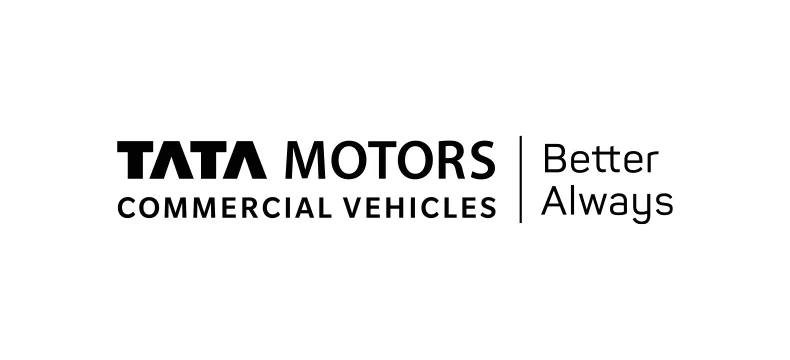
Logistics Transportation: Solutions for Efficient Operations
The logistics market in the UAE is projected to grow at 7.44% CAGR and increase to USD 11.31 billion by 2028. The rapid response time demanded by…
Read More16 May 2025
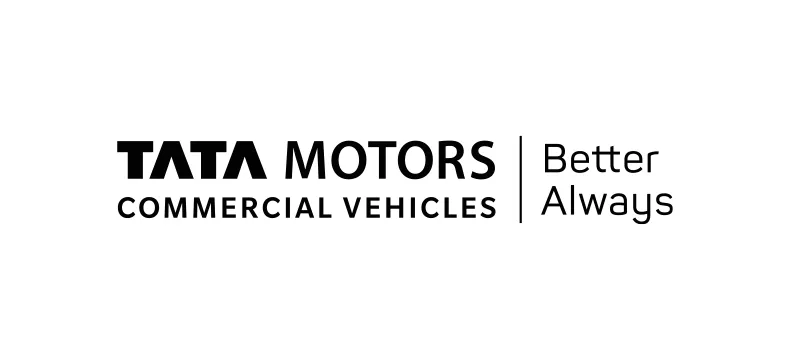
Coach vs. Bus: What's the Difference Between Them?
Whether you are planning to rent or buy a vehicle for group transportation in the Middle East, you will come across options like coaches and buses.…
Read More16 May 2025
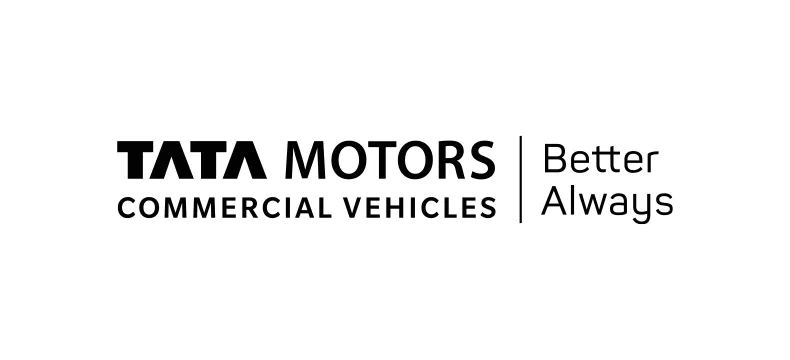
What Exactly is Torque in a Truck Engine?
When considering a truck's performance, one of the most crucial terms you'll come across is torque. Why is it important, and how does it affect truck…
Read More13 May 2025
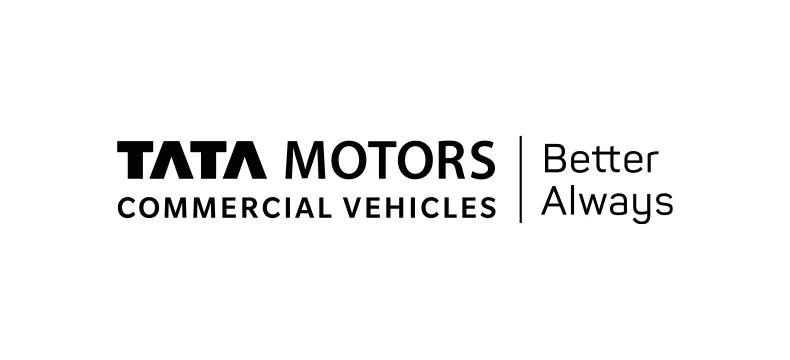
How to Start a Transport Business in Dubai?
Dubai has a major role in turning the Middle East into a hub for global business and investments. Owing to its strategic location, flourishing…
Read More13 May 2025

Why Do You Need Tyre Balancing?
5% of traffic deaths in the UAE are attributed to tyre-related issues. This shows the significance of maintaining this often-overlooked aspect of…
Read More







